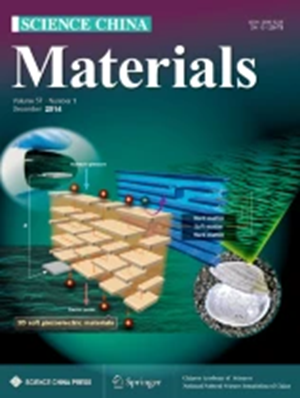Modulating atomically precise Ru sites on amorphous chalcogenides for efficient hydrogen evolution reaction
Abstract
The strategic anchoring of Ru single atoms on suitable supports can profoundly modulate its electronic state, thereby enhancing its hydrogen evolution reaction (HER) performance. Herein, Ru single atoms and sub-1 nm Ru clusters anchored amorphous FeMoSx (denoted as Ru-FMSx) nanosheets were developed through a one-step hydrothermal synthesis method. The electronic structure of Ru can be effectively tuned by regulating the interfacial interaction between the sub-1 nm Ru clusters and amorphous FMSx. This adjustment lowers the energy barriers for hydrogen adsorption and desorption, facilitating the generation and release of hydroxyl intermediates, thereby improving the sluggish kinetics of the HER. Thus, the Ru-FMSx electrocatalyst exhibits a significantly low overpotential of 34 mV in alkaline solution at a current density of 10 mA cm−2, demonstrating remarkable HER activity. Furthermore, this electrocatalyst shows an exceptional long-term stability, maintaining consistent operation for 200 h at a current density of 10 mA cm−2, with a Faradaic efficiency for hydrogen production exceeding 97%. The superior performance is attributed to the unique amorphous structure and the shortened bond length of Mo-S and Fe-S within the material. This discovery provides a straightforward method for designing and applying efficient amorphous chalcogenides and single atoms catalysts.

 求助内容:
求助内容: 应助结果提醒方式:
应助结果提醒方式:


